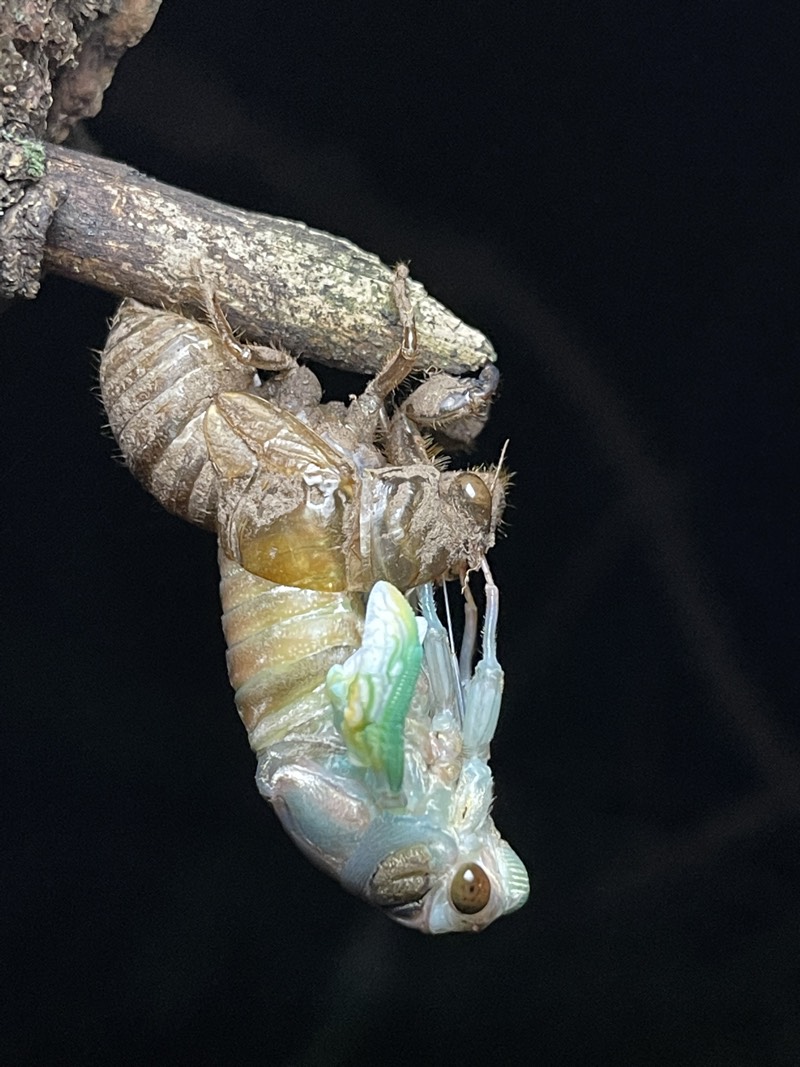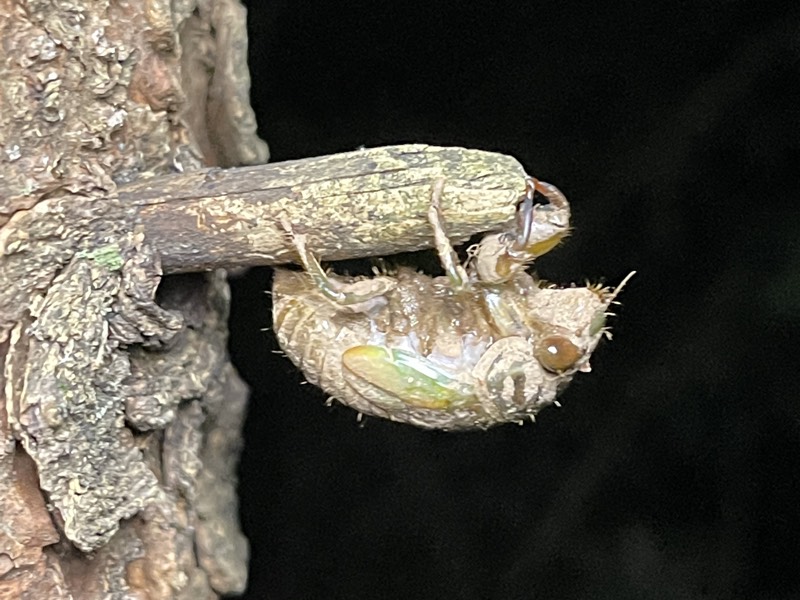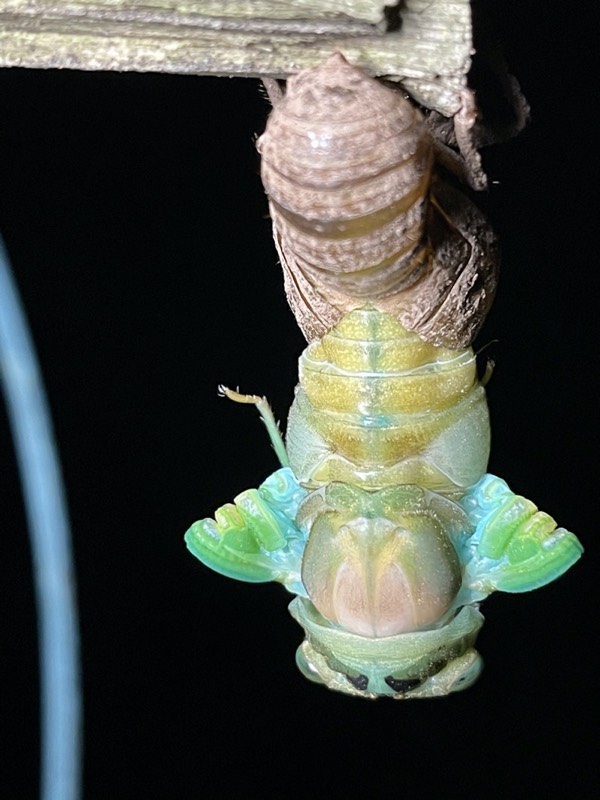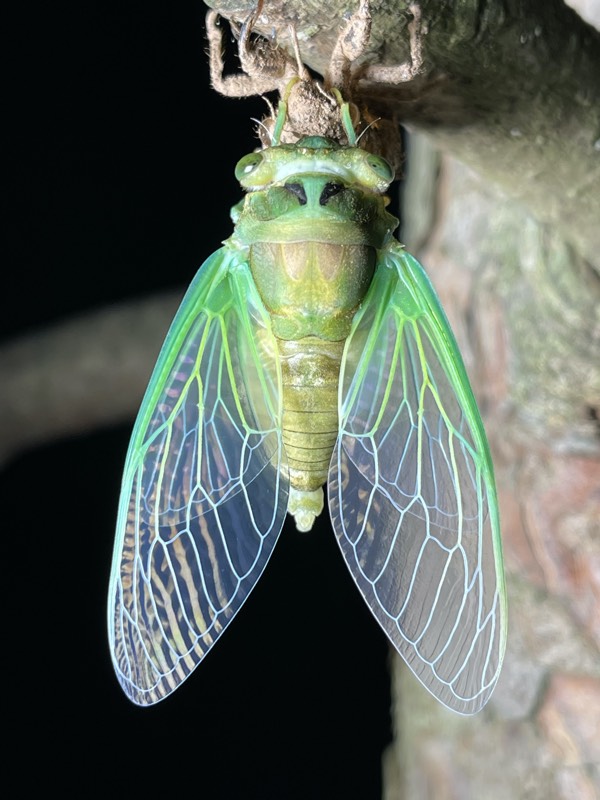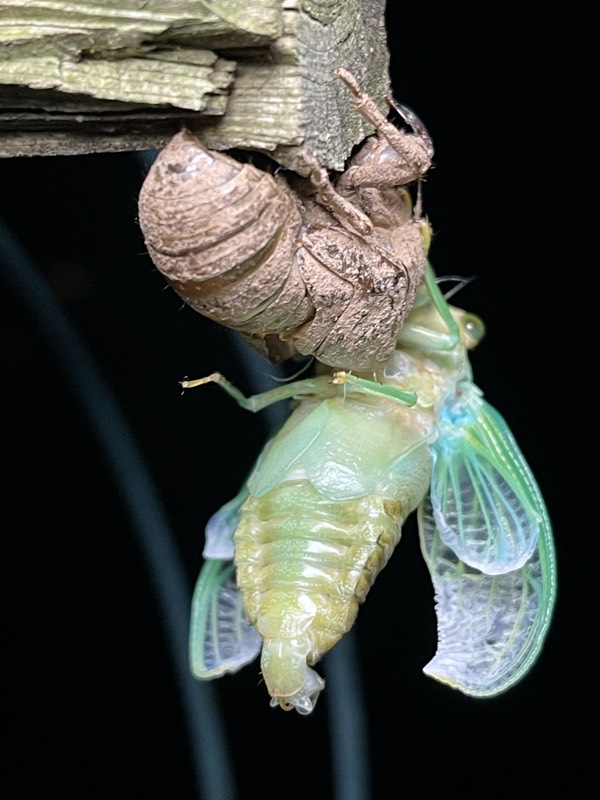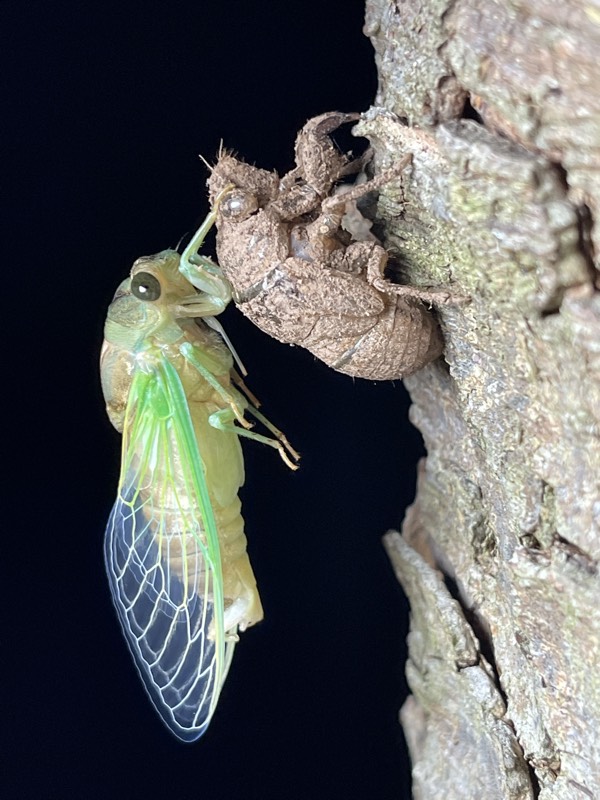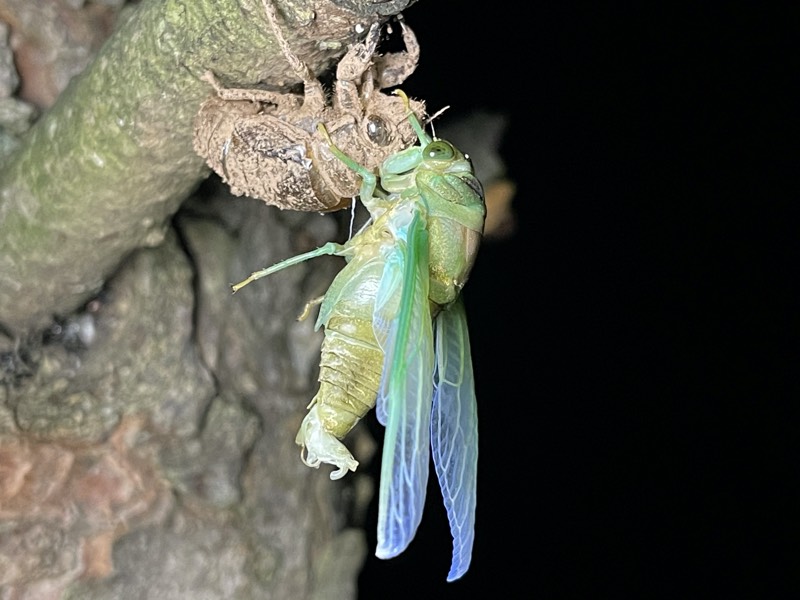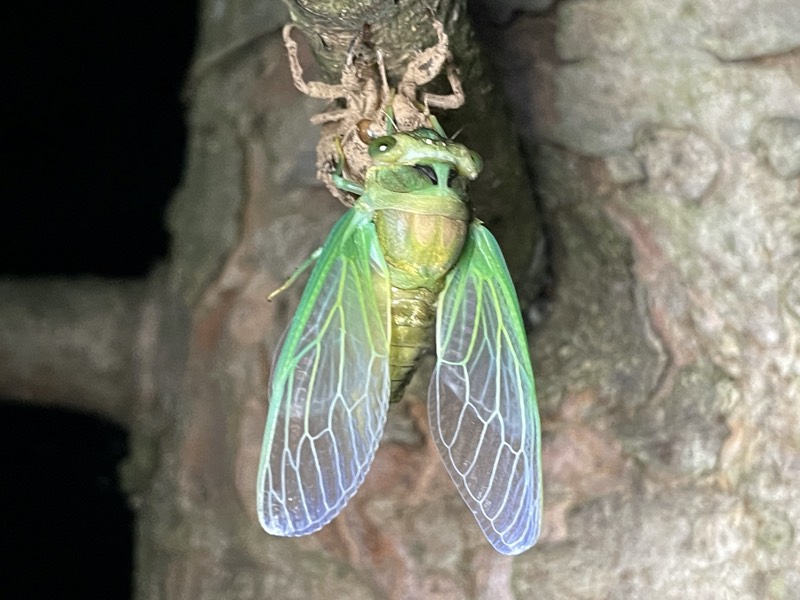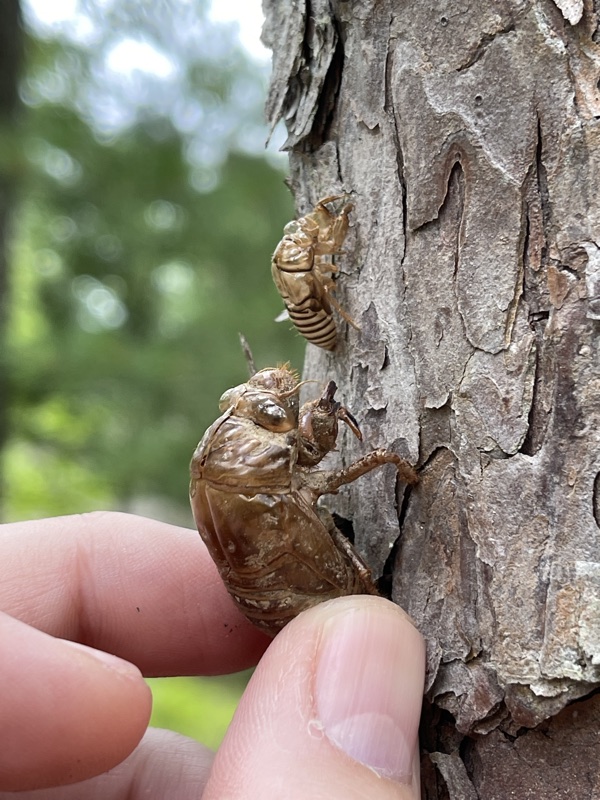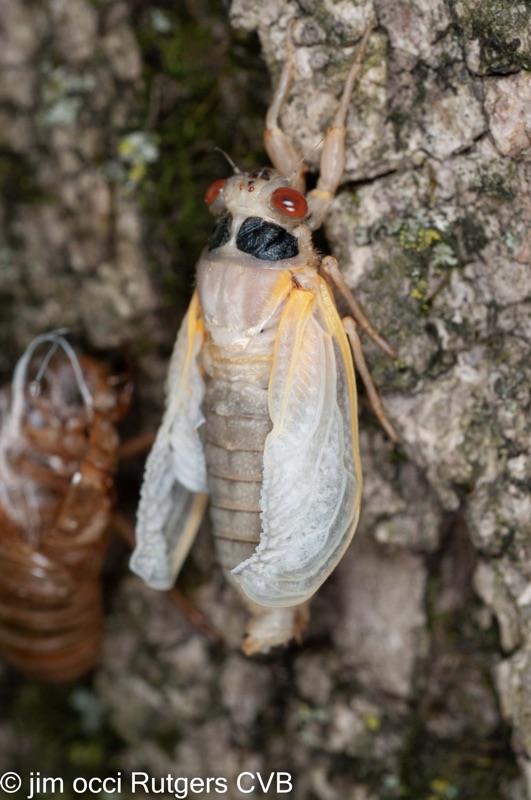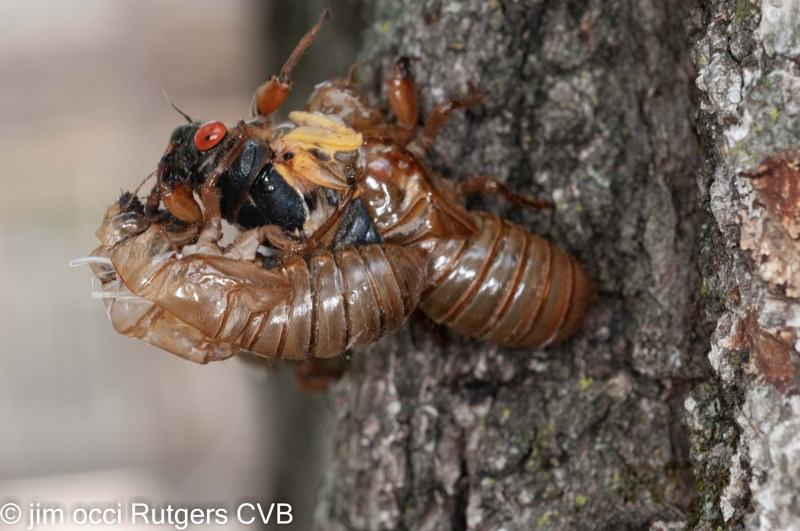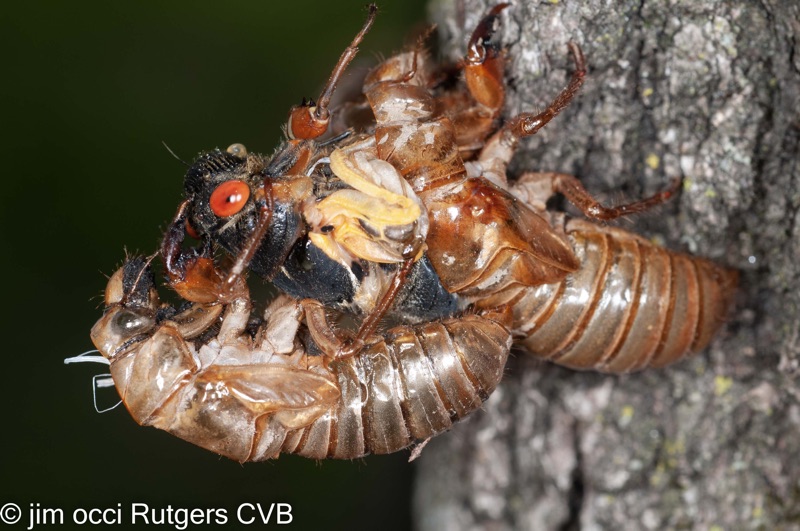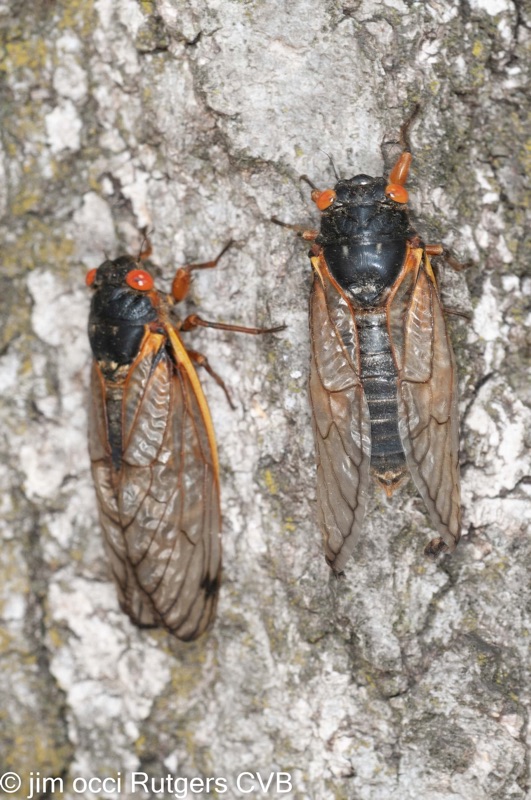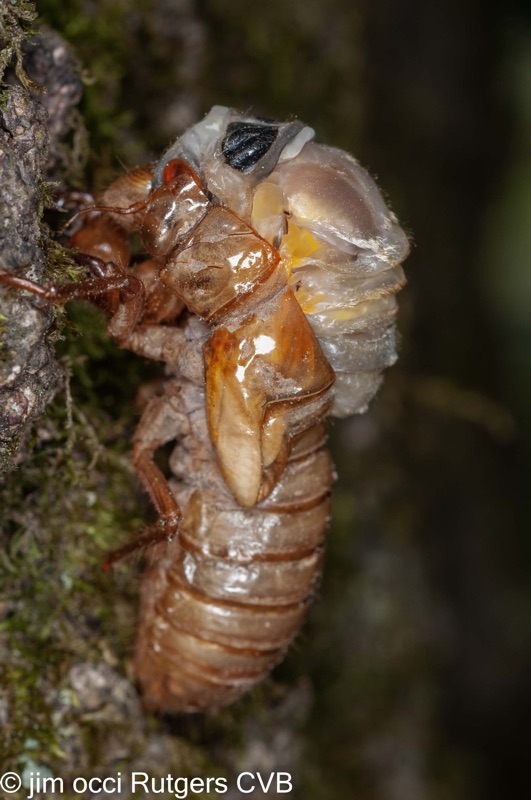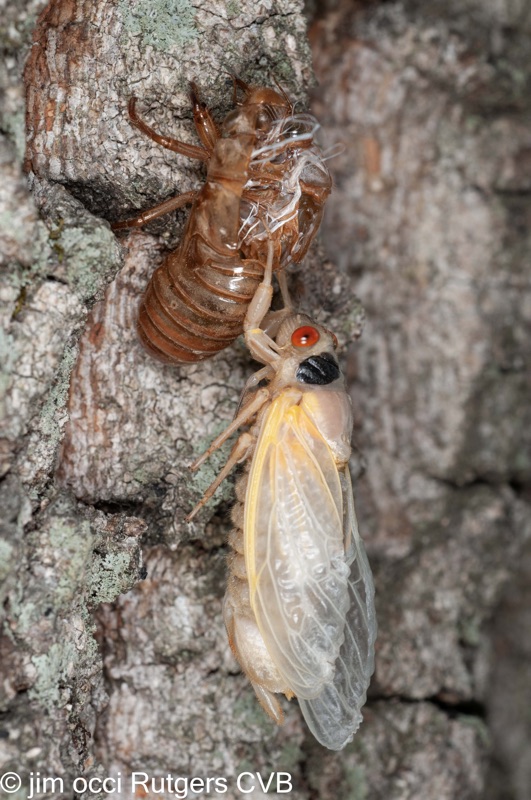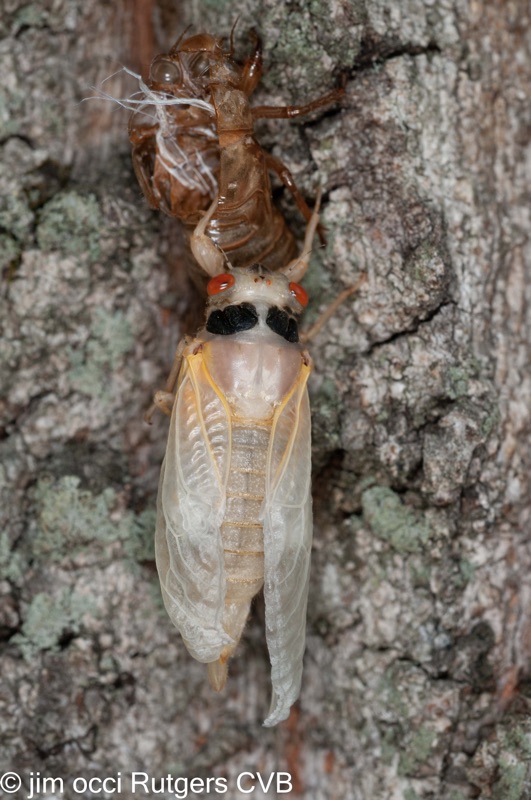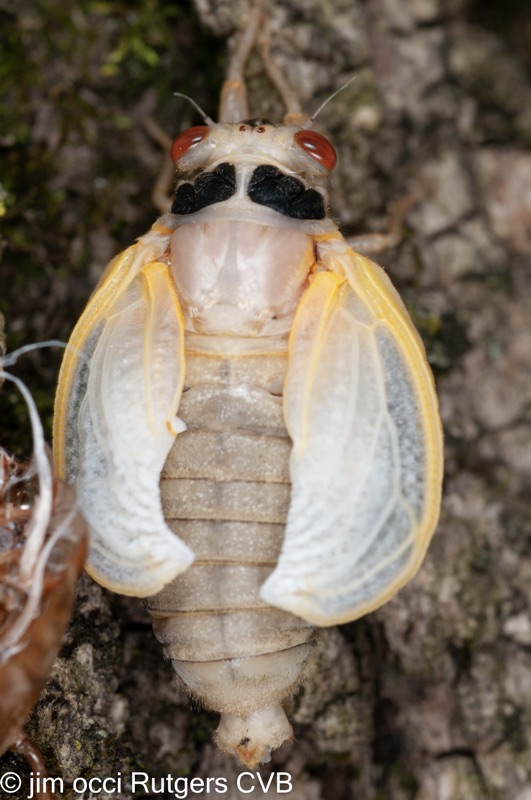Recently a new paper was published with the authors Kathy B. R. Hill, David C. Marshall, Kiran Marathe, Maxwell S. Moulds, Young June Lee, Thai-Hong Pham, Alma B. Mohagan, Vivek Sarkar, Benjamin W. Price, J. P. Duffels, Marieke A. Schouten, Arnold J. de Boer, Krushnamegh Kunte and Chris Simon titled The molecular systematics and diversification of a taxonomically unstable group of Asian cicada tribes related to Cicadini Latreille, 1802 (Hemiptera: Cicadidae) in Invertebrate Systematics, 2021, 35, 570—601. Link to the paper.
Here’s the abstract:
Abstract. The cicadas (Hemiptera: Cicadidae) related to tribe Cicadini exhibit some of the most remarkable phenotypes in the family, with many genera possessing striking colour patterns and unusual morphological features. This largely Asian group of 13 tribes has proven challenging for cicada taxonomists, in part because of likely convergent evolution or losses of these phenotypes. We present the first focused molecular phylogeny of this clade, including ~60 described genera. The genetic dataset contains 839 ingroup-informative sites (out of 2575) from mitochondrial cytochrome c oxidase subunit I, nuclear elongation factor-1 a, and nuclear acetyltransferase. We use Bayesian and maximum likelihood trees to test recent changes in tribe- and subtribe-level classification, and we reconstruct ancestral character states for potentially convergent traits influencing tribe descriptions. We use fossil and molecular clock calibrations to estimate the temporal and geographic context of the radiation. The tribes Gaeanini, Leptopsaltriini, Platypleurini, Psithyristriini, and Tosenini appear polyphyletic and in need of revision, in part because of convergent evolution of opaque wings and multiple convergent gains or losses of abdominal tubercles. Kalabita Moulton, 1923 is transferred from Platypleurini to Leptopsaltriini. Vittagaeana gen. nov. is established for Vittagaeana paviei comb. nov. and Vittagaeana dives comb. nov., formerly in Tosena. Sinosenini syn. nov. is synonymised with
As part of the paper, we get a new genus, Vittagaeana, made up of two cicadas formerly belonging to the genus Tosena. They were likely placed under Tosena because of the white line on their forewings, but after a review of genetics and other features, they have been given their own genus. They are closely related to the genera Ambragaeana, Callogaeana, Gaeana, Sulphogaeana and Trengganua. Also similar to Balinta, Paratalainga, and Talainga.
Vittagaeana dives (Westwood, 1842), formerly Tosena dives:
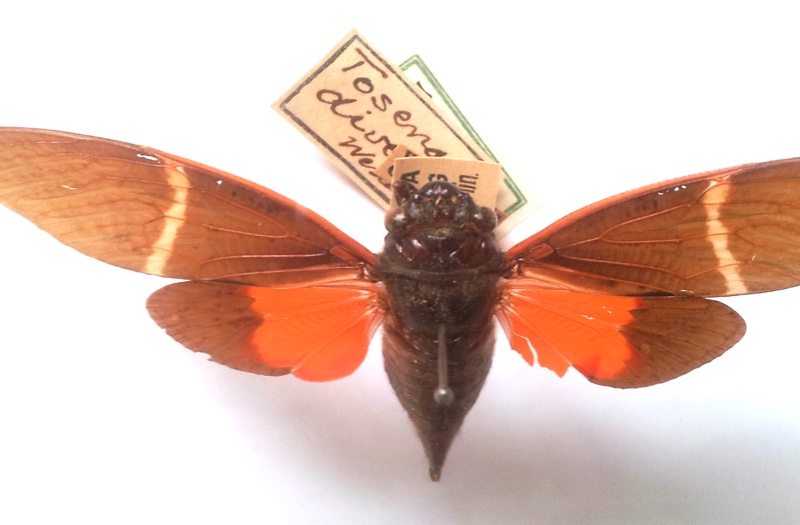
More info: Vittagaeana dives (Westwood, 1842)
Vittagaeana paviei (Noualhier, 1896), formerly Tosena paviei:

More info: Vittagaeana paviei (Noualhier, 1896)
